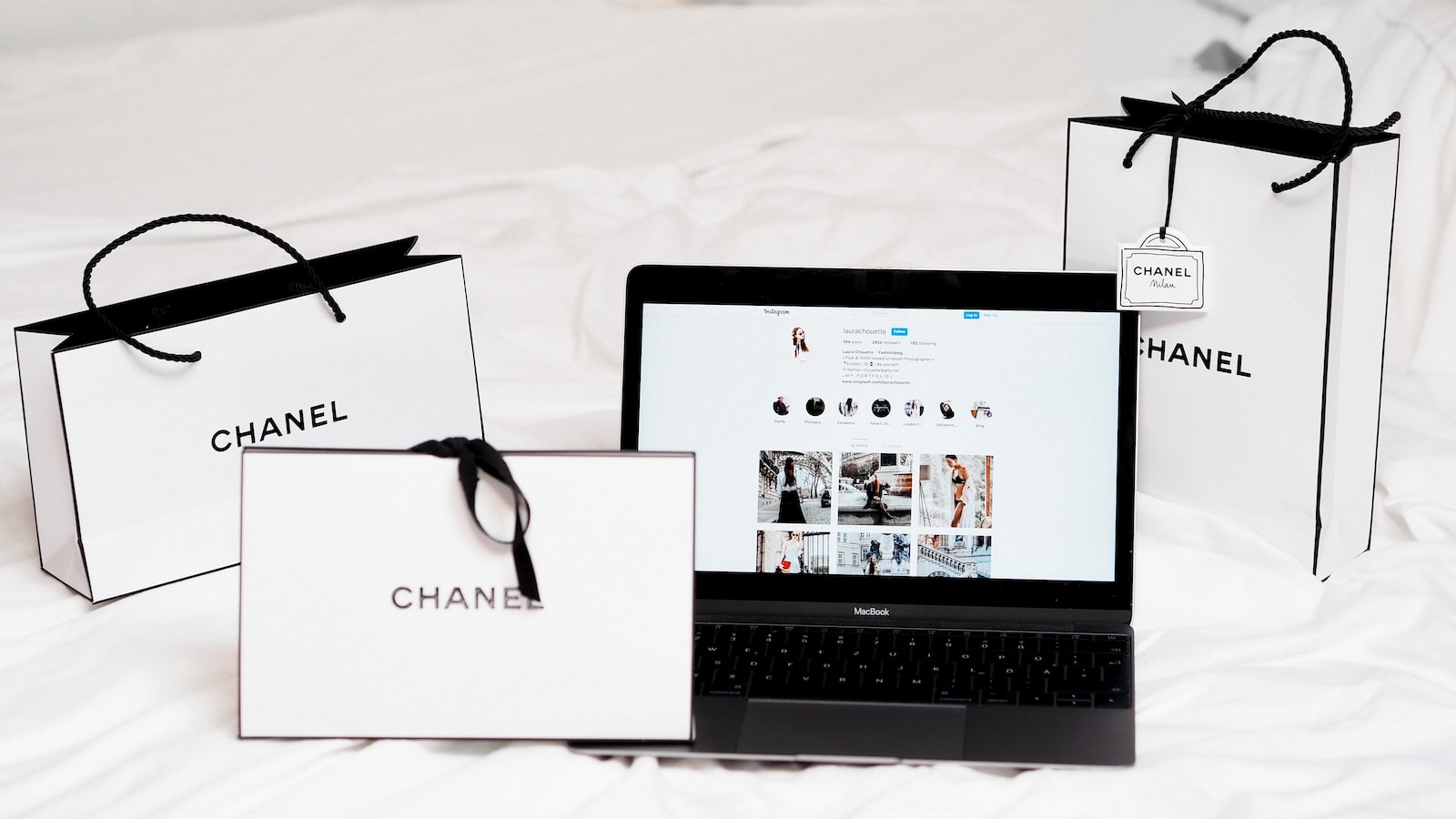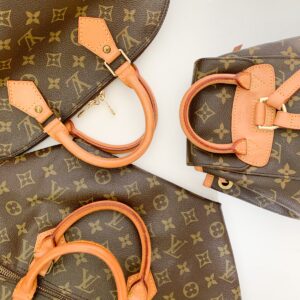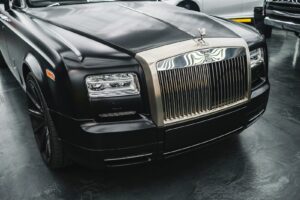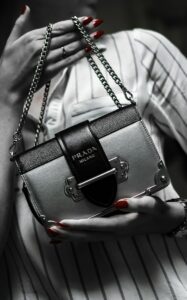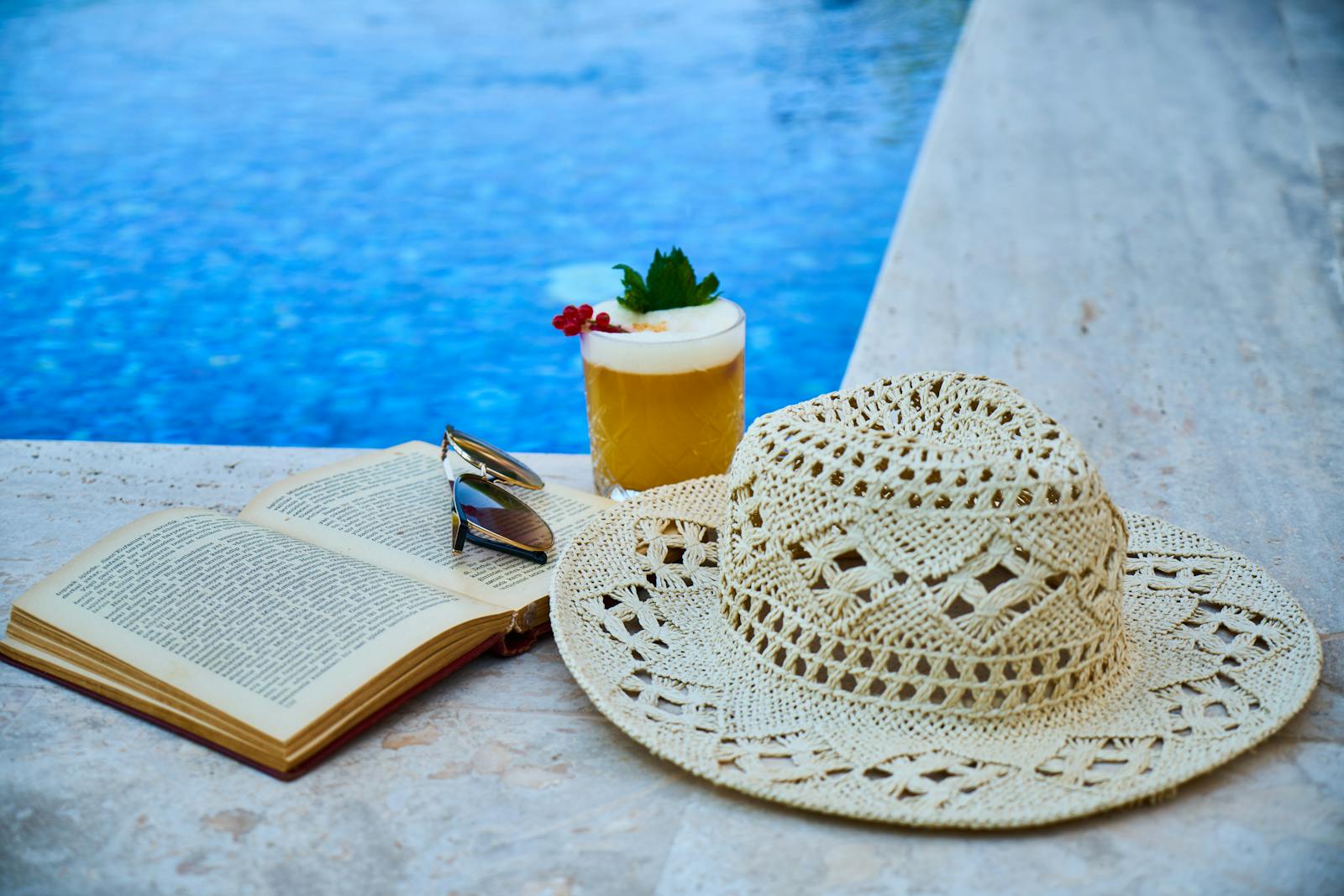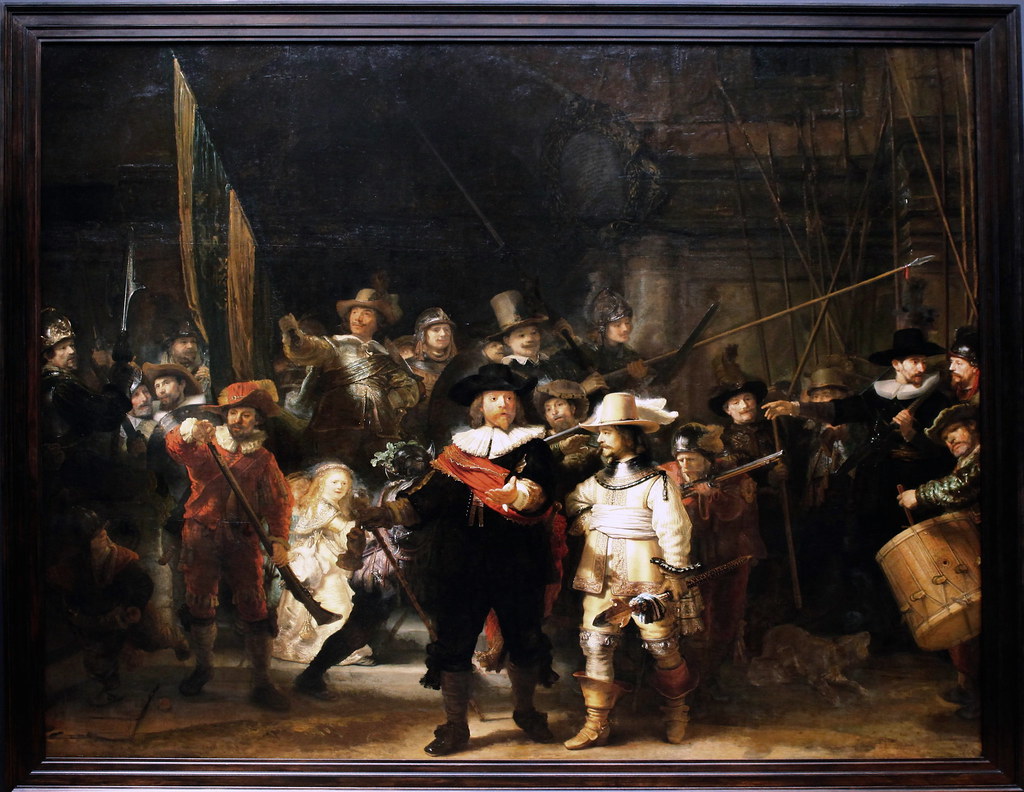Luxury brands have always held a special place in the hearts and minds of consumers. Whether it’s a designer handbag, a luxury watch, or a high-end car, luxury items have a certain allure that’s hard to resist. But what exactly makes a brand luxury? Is it the quality of the product, the brand heritage, the exclusivity, or something else entirely? In this blog post, we’ll explore the key factors that make a brand luxury, and why they matter to consumers.
What Makes a Brand Luxury?
A brand can be considered luxury for many reasons, depending on the context. However, there are certain traits that all luxury brands share. Let’s take a look at some of them.
Quality: The Foundation of Luxury
One of the most important factors that defines luxury is quality. Luxury brands are known for their use of high-quality materials and craftsmanship, which gives their products a sense of exclusivity and durability that can’t be matched by cheaper, mass-produced items. Louis Vuitton is a good example of a luxury brand that places a high value on quality. The brand is known for its leather goods, which are made from the highest quality leather and crafted with great attention to detail.
But quality alone isn’t enough to make a brand luxury. It’s the combination of quality, exclusivity, and heritage that creates a brand’s symbolic value and appeal.
Brand Heritage: The Importance of Tradition
Luxury brands also draw on their heritage and history to create a sense of tradition and exclusivity. Many luxury brands have been around for decades or even centuries, and their longevity gives them a sense of legitimacy and authority that can’t be matched by newer brands. For example, Giorgio Armani has been creating luxury fashion since the 1970s, and his brand is now synonymous with high-end Italian fashion.
Exclusivity: The Power of Scarcity
Another key factor in luxury branding is exclusivity. Luxury brands often limit the availability of their products to create a sense of scarcity and desirability. This creates a sense of excitement and anticipation around new product launches, and can help to justify the high prices that luxury products often command.
Ralph Lauren is a good example of a luxury brand that uses exclusivity to its advantage. The brand has created a lifestyle around its products, and its limited-edition collections are highly sought after by fashion-conscious consumers.
Brand Image: The Power of Perception
Luxury brands also place a great deal of emphasis on their brand image. The way a brand is perceived by consumers can be just as important as the actual quality of the products it sells. Luxury brands often use advertising, events, and celebrity endorsements to create a sense of glamour and prestige around their products.
Rolls Royce is a good example of a luxury brand that uses its brand image to its advantage. The brand is associated with high status associations such as royalty, celebrities, and high-ranking officials. This helps to reinforce the perception of Rolls Royce as a luxury brand and creates a strong sense of customer loyalty.
Price: The Role of Affordability
Luxury brands are often associated with high prices, and this is certainly true in many cases. However, it’s important to note that affordability can also play a role in luxury branding. Luxury consumers are willing to pay a premium for products that offer superior performance or a unique brand promise. In some cases, this might mean paying more for a luxury item that’s made from the highest quality materials or that features a unique design aesthetic.
New Luxury Brands: The Changing Face of the Industry
The luxury industry is constantly evolving, and new luxury brands are emerging all the time. These brands often appeal to new consumer values, such as social responsibility and creative expression. They may target niche segments, such as mobile professionals or eco-conscious consumers, and offer products that are both high-quality and affordable.
One good example of a new luxury brand is Toms, a company that sells shoes and eyewear and has a strong social responsibility mission. For every pair of shoes or eyewear purchased, the company donates a pair to someone in need. This brand promise has helped Toms stand out in a crowded market and appeal to a new generation of luxury consumers who value social responsibility.
Staying Power: The Biggest Challenge for Luxury Brands
While the luxury market is highly desirable, it’s also highly competitive. Luxury brands face a number of challenges, including staying relevant and adapting to changing consumer values. One of the biggest challenges for luxury brands is staying true to their brand promise and maintaining the perceived value of their products.
Brand Positioning: The Key to Success
To succeed in the luxury market, brands need to have a strong brand positioning. This means identifying the unique value proposition that sets them apart from other luxury brands, and communicating that value proposition in a clear and compelling way. Brand positioning is essential for creating a strong sense of customer loyalty and building brand equity.
- Soft, Breathable Fabric
- Tag Free
- Great for Layering
- Polo Pony Embroidery
Multiple Dimensions of Luxury
While quality, exclusivity, and heritage are key factors in luxury branding, there are multiple dimensions to luxury. For example, luxury can be defined in terms of the emotional experience that a brand provides, such as the feeling of exclusivity or the sense of satisfaction that comes from owning a luxury item. Luxury can also be defined in terms of the social standing that a brand confers, such as the sense of prestige that comes from owning a high-end luxury car.
Conclusion: What Makes a Brand Luxury:
What makes a brand luxury? The answer is not simple, as luxury is a complex and multi-dimensional concept. However, quality, exclusivity, and heritage are key factors that define luxury, along with the brand’s symbolic value and the emotional experience that it provides to consumers. While luxury brands face many challenges, including staying relevant and adapting to changing consumer values, a strong brand positioning and a commitment to quality and exclusivity can help these brands succeed in a highly competitive market.
Whether you’re a luxury brand looking to stay ahead of the competition, or a consumer looking to make luxury purchases, it’s important to understand the key factors that make a brand luxury. By focusing on quality, exclusivity, heritage, and brand image, luxury brands can create a strong sense of customer loyalty and build a lasting brand equity that can withstand the test of time.
Other suggested articles:
